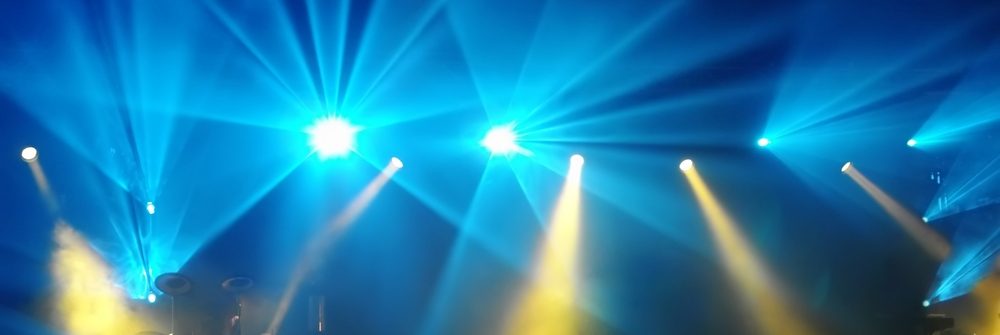Light displays are excellent for dazzling audiences, while event videography is crucial to capture viewer attention. Now, imagine if you could access technology that blends the above elements and augments reality in one engaging and unforgettable audio-visual display?
Projection mapping is the ace-in-the-hole for your next event. Still relatively underused in the Australian market, CMS Australasia's audio-visual team are adept at designing and executing projection mapping exhibitions that deliver an audience experience like no other.
How does projection mapping work?
Also known as video mapping, entire displays are built around projector technology. Technicians use these devices for projecting colours or imagery onto a surface. Unlike conventional projectors used in offices or schools, however, lighting can be projected on any exterior. 2D projection technology is only capable of beaming light onto a flat surface, with the lines between image projected and the surface (usually a wall or screen) clearly separated.
Projection mapping, meanwhile, uses two or more projectors to extend continuous lighting across multiple surfaces, giving viewers the illusion of an image becoming 3D. The position of images can be manoeuvered to fit with an uneven or moving surface, altering what we see.
Why should I use projection mapping?
Video mapping is used at events to provide a more enthralling experience through visual stimulation and even to encourage attendees to engage with images or presentations live. Taking this intrigue a step further, interactive projection – in which event attendees are able to manipulate and move projected images – offers a next-level audio-visual experience.
Projection mapping can be used for indoor or outdoor events, depending on your needs, and is entirely scalable to the size of your event. All that's needed is to adapt the number of projectors used to suit the scope of your function and the theme you want to communicate.
And the best part of projection mapping? You can create such a wide range of displays! From sponsor branding to exciting light shows to complex cinema-style narratives, there are very few limits to what you can do with a projector and a little imagination.
What do I have to consider to use projection mapping in my next event?
You should consider four points before deciding you want projection mapping at your event:
1) Your event budget
The goals for your event will help to define how much you can spend. Projection mapping can be a creative way to cut costs on hiring video screens to present on – with a video map projector, everything is a surface! Using this lighting technology can also be a good way for attendees to access information in lieu of printing pamphlets or having floor staff answer queries. However, the costs of renting or purchasing projection mapping equipment increases the more projectors you need – so consider how big your display needs to be for best effect!
2) Your venue footprint
How you use projection mapping (and the number of lighting machines you need) will depend on the size and layout of your event space. The larger your venue, the more projectors you will likely need. Although video mapping equipment can be used on nearly any surface, remember the old adage – less is more. Unless it works with the theme of your event, you don't need to create an entirely new environment through projection. Dedicate your attention to the focal points of your venue, such as presentation areas. Projecting images here alone will maximise the impact.
3) Your event lineup
The way in which projection mapping fits into your wider event lineup is another point to digest. Deciding on your content is important to establishing the number of projectors you need and how you set them up within your event space. Returning to the 'less is more' maxim, consider how your attendees will react to a whole wall mural, especially in a dining or socialising area. What may seem good on a large scale may actually be inconvenient for guests, so consider when projection mapping is used in your event to maximise its impact.
4) Your access to equipment
Unless your organisation regularly hosts events, you are unlikely to have the projection mapping equipment needed for a professional display, or the expertise to operate it. In most cases you will need to work with an external event management company to pull off your audio visual display. If so, you need to consider whether it's more cost-effective to buy projectors outright or rent. For most businesses, accessing projectors on a rental basis is a better fit. This is especially true when providers help set up, operate and pack down equipment after the event is done and dusted.
Who can help me with some kick-ass projection mapping?
CMS Australasia's audio visual team is the go-to authority on dazzling videography. Our technicians have extensive experience designing projection mapping displays, so can arrange all of the technical specifications required to put on an event of any size or type, nationwide or beyond. The team are on hand to make your brand or theme come to life – just contact CMS Australasia today to discuss the specifics of your next event!

